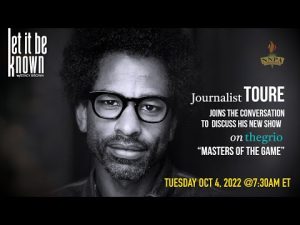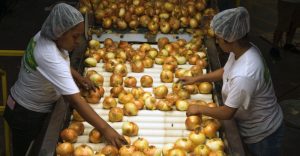Community
Fewer Black Men Apply to Medical School Than in 1978
Oviea Akpotaire and Jeffrey Okonye put in long days working with patients at the veterans’ hospital in south Dallas as fourth-year medical students at the University of Texas Southwestern.
<p>
In a class of 237 people, they are two of only five Black men.
“I knew the ones above us, below us,” Okonye says. “We all kind of know each other. It’s comforting to see another person that looks like you.”
While more Black men than before have graduated from college over the past few decades, the number applying to med school has dropped: From 1,410 in 1978 to 1,337 in 2014.
Enrollment statistics are similar: 542 Black male students enrolled in 1978, compared to 515 in med school in 2014.
That’s according to a report from the Association of American Medical Colleges. Every other minority group — including Asians and Hispanics — saw growth in the number of applicants. And Black women also saw an uptick in applications.
Enrollment statistics for 2015 are just out and they show a modest gain of 8 percent more Black men in medical school over the year before.
“This is a positive sign,” says Marc Nivet, AAMC’s chief diversity officer, “but it does not change the fact that for 35 years the number has been trending poorly.”
“I was really surprised,” says Akpotaire, who is studying internal medicine. “I sent [the study] to my mom and dad immediately.”
The total number of applicants to U.S. medical schools was close to 50,000 in 2014, with about 20,000 enrolling, according to the AAMC.
Increasing ethnic and gender diversity among doctors is important for patient health. Studies show people are more likely to follow doctors’ directions on things like medication or exercise if they can relate to them.
Dr. Dale Okorodudu, a third-year pulmonary and critical care fellow at UT Southwestern, says making cultural connections can make a big difference.
“If you can relate to [patients], it’s a lot easier for them to feel at home and comfortable with you,” he says.
Okorodudu wrote a blog post about an experience at Parkland Hospital that stuck with him. He was walking down the hallway on the 10th floor when a black man stopped him:
“It’s good to see you brother!” I had never met this man, but I knew exactly what he was talking about. With a large smile on his face and a look of pride, he extended his arm to give me a handshake. “There aren’t too many of us doing what you do. I’m glad we got some representation in here.”
For years, Okorodudu has been trying to figure out why so few black men go into medicine. His conclusion: The lack of role models.
“If you’re a black male, let’s say you’re growing up in an inner-city neighborhood,” he says. “There’s so many things directly in front of you that you have the option to go into.”
From music and sports to small business and church, Okorodudu says those professions are visible and present in the lives of young African American boys. “But when you talk about the medical workforce, none of us are directly there in front of them,” he said.
Okorodudu decided to become a doctor when he was 18. A year from now, when he’s done with his fellowship, he’ll be 32.
Med student Jeffrey Okonye points out that for students like him who embraced math and science, there are much faster ways to “make it.”
“A lot of friends of mine, Black males, are engineers,” Okonye says. “They go to school for four years. They have a job, great pay, even had internships in undergrad, I was highly jealous of. Whereas my route, four years undergrad, then another four years of school, and then another X amount of training after that.”
So why did he take the longer route?
“It’s hard to describe the feeling you get when you make someone actually feel better,” Okonye says. “When you can see them go from one state to another and recognize that you were a part of literally changing this person’s life.”
A desire to care for others isn’t the only thing that Okonye, Akpotaire and Okorodudu have in common. All three have had role models of doctors or nurses in their families. And all three are the children of immigrants — from Nigeria.
News article reproduced courtesy of NPR, KERA News and Kaiser Health News at KHN.org.
Bay Area
Mayor Breed Proposes Waiving City Fees for Night Markets, Block Parties, Farmers’ Markets, Other Outdoor Community Events
Mayor London N. Breed introduced legislation on April 26 to encourage and expand outdoor community events. The first will waive City fees for certain events, making them less costly to produce. The second will simplify the health permitting for special event food vendors through the creation of an annual permit. Both pieces of legislation are part of the Mayor’s broader initiative to bring vibrancy and entertainment to San Francisco’s public right of ways and spaces.
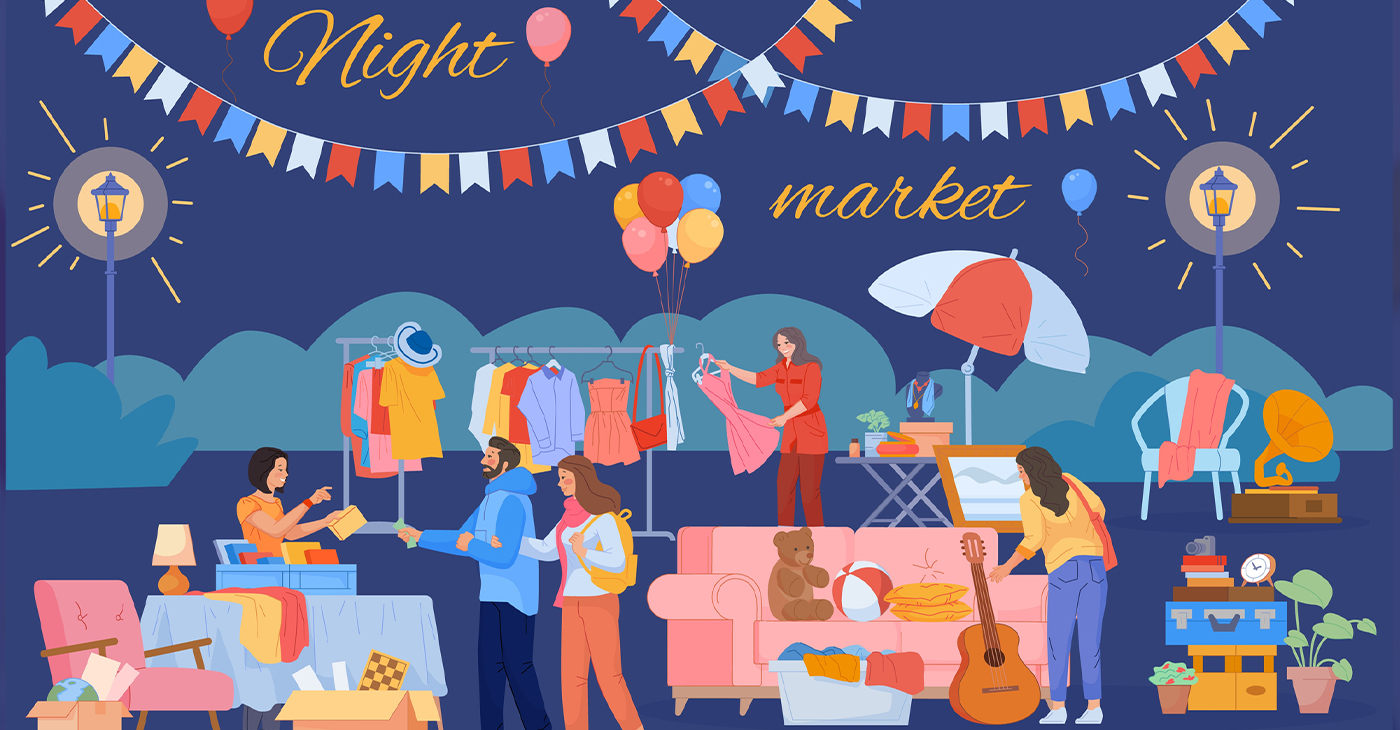
Mayor’s Press Office
Mayor London N. Breed introduced legislation on April 26 to encourage and expand outdoor community events.
The first will waive City fees for certain events, making them less costly to produce. The second will simplify the health permitting for special event food vendors through the creation of an annual permit. Both pieces of legislation are part of the Mayor’s broader initiative to bring vibrancy and entertainment to San Francisco’s public right of ways and spaces.
Outdoor community events are integral to San Francisco’s vibrant culture and sense of community. These events include night markets, neighborhood block parties and farmers markets, and bolster the City’s economy by supporting local businesses and attracting tourists eager to experience San Francisco’s unique charm and food scene.
They offer residents, workers and visitors, opportunities to engage with local artists, musicians, and food vendors while enjoying the San Francisco’s stunning outdoor spaces and commercial corridors.
The legislation will allow for more and new community gatherings and for local food vendors to benefit from the City’s revitalization.
“San Francisco is alive when our streets are filled with festivals, markets, and community events,” said Breed. “As a city we can cut fees and streamline rules so our communities can bring joy and excitement into our streets and help revitalize San Francisco.”
Fee Waiver Legislation
The events that can take advantage of the new fee waivers are those that are free and open to the public, occupy three or fewer city blocks, take place between 8 a.m. and 10 p.m., and have the appropriate permitting from the ISCOTT and the Entertainment Commission.
The applicant must be a San Francisco based non-profit, small business, Community Benefit District, Business Improvement District, or a neighborhood or merchant association. Fees eligible for waiver include any application, permit, and inspection/staffing fees from San Francisco Municipal Transportation Agency, Department of Public Health, Fire Department, Entertainment Commission, and Police Department.
Currently, it can cost roughly anywhere between $500-$10,000 to obtain permits for organized events or fairs, depending on its size and scope. Organizations and businesses are limited to a maximum of 12 events in one calendar year for which they can receive these fee waivers.
Food Vendor Streamlining Legislation
The second piece of legislation introduced will help special event food vendors easily participate in multiple events throughout the year with a new, cost-effective annual food permit. Food vendors who participate in multiple events at multiple locations throughout the year will no longer need to obtain a separate permit for each event. Instead, special event food vendors will be able to apply and pay for a single annual permit all at once.
“Many successful food businesses either begin as pop-up vendors or participate in special events to grow their business,” says Katy Tang, Director of the Office of Small Business. “Giving them the option for an annual special event food permit saves them time and money.”
Currently, food vendors are required to get a Temporary Food Facility (TFF) permit from the Department of Public Health (DPH) in order to participate in a special event, among permits from other departments.
Currently, each special event requires a new permit from DPH ranging from $124-$244, depending on the type of food being prepared and sold. Last year, DPH issued over 1,500 individual TFF permits. With the new annual permit, food vendors selling at more than four to six events each year will benefit from hundreds of dollars in savings and time saved from fewer bureaucratic processes.
“This legislation is a step in the right direction to make it easier for food vendors like me to participate in citywide events,” said Dontaye Ball, owner of Gumbo Social. “It saves on time, money and makes it more effective. It also creates a level of equity.”
Arts and Culture
Richmond Preps for Full Weekend of Cinco de Mayo Festivities
Cinco de Mayo festivities in Richmond and San Pablo are some of the bests in Bay, and organizers say that tradition will be alive and well at this weekend’s annual parade and festival. The action kicks off Saturday, May 4, with the 16th Annual Cinco de Mayo Richmond/San Pablo Peace & Unity Parade. The parade of floats, performances, and community organizations starts at 10 a.m. at 24th Street and Barrett Avenue and Richmond and ends at 12:30 p.m. at St. Paul’s Church, 1845 Church Lane in San Pablo.
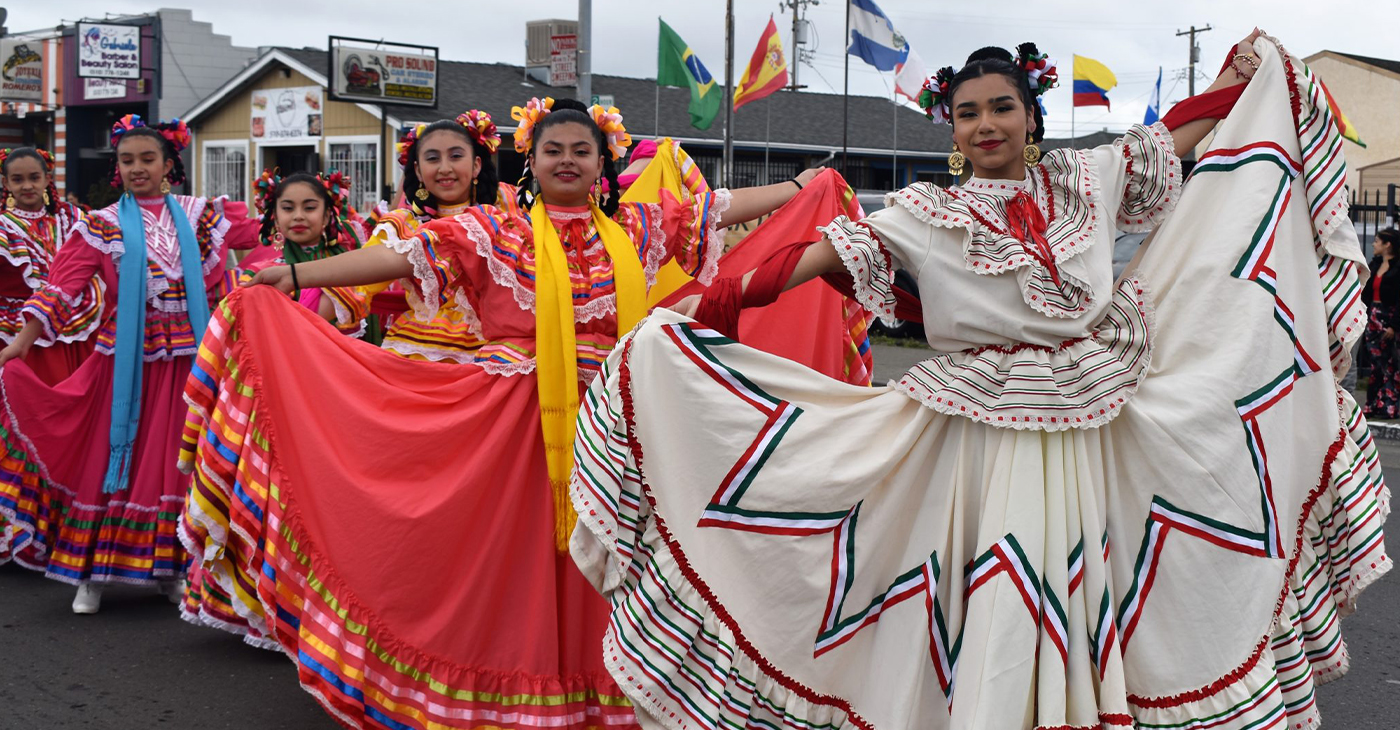
By Mike Kinney
The Richmond Standard
Cinco de Mayo festivities in Richmond and San Pablo are some of the bests in Bay, and organizers say that tradition will be alive and well at this weekend’s annual parade and festival.
The action kicks off Saturday, May 4, with the 16th Annual Cinco de Mayo Richmond/San Pablo Peace & Unity Parade. The parade of floats, performances, and community organizations starts at 10 a.m. at 24th Street and Barrett Avenue and Richmond and ends at 12:30 p.m. at St. Paul’s Church, 1845 Church Lane in San Pablo.
The parade’s Grand Marshall this year will be community organizer Diego Garcia, owner of Leftside Printing.
The festivities continue Sunday with the Cinco de Mayo Festival along 23rd Street, which last year drew over 100,000 people, according to the 23rd Street Merchants Association. This year’s festival will again run from 10 a.m. to 5 p.m. between the intersections of Rheem Avenue and Clinton Avenue. It will feature two entertainment stages, one sponsored by La Raza 93.3 FM at 23rd and Rheem, and another sponsored by Radio Lazer FM at 23rd and Clinton.
Both events are important for the city and the region’s Latino community.
San Pablo Mayor Genoveva Calloway, who co-chairs the parade alongside John Marquez, president of the Contra Costa Community College District Board of Trustees, says Saturday’s festivities are about bringing the Richmond and San Pablo communities together in unity.
“This truly connects the spectators and people in the parade as one,” Calloway said. “The parade showcases the real communities of Richmond and San Pablo – our nonprofits, schools, horse riders, classic cars and trucks, our local businesses. All of these people represent the heartbeat of our community.”
Rigo Mendoza, vice president of the 23rd Street Merchants Association, said that at its heart, Richmond’s Cinco de Mayo Festival celebrates the date the Mexican army’s victory over France at the Battle of Puebla on May 5, 1862.
But John Marquez started up the popular festival to bring the community together and also to exhibit the community’s businesses and culture to visitors, Mendoza said. The gathering was also a way to promote peace in the community.
Community
Salesian Coach Knew Angel Jackson Could Play in WNBA
Back in 2019, Salesian Girls Basketball Head Coach Stephen Pezzola made a bold prediction about one of his players, Angel Jackson. “If she keeps putting in the work like she did for us, she could be in the WNBA,” the coach said. That turned out to be very true. Last month, the Las Vegas Aces selected Jackson with the 36th overall pick in the 2024 WNBA Draft. She is the second player from an Historically Black College or University, or HCBU, to be selected in the draft in 20 years.
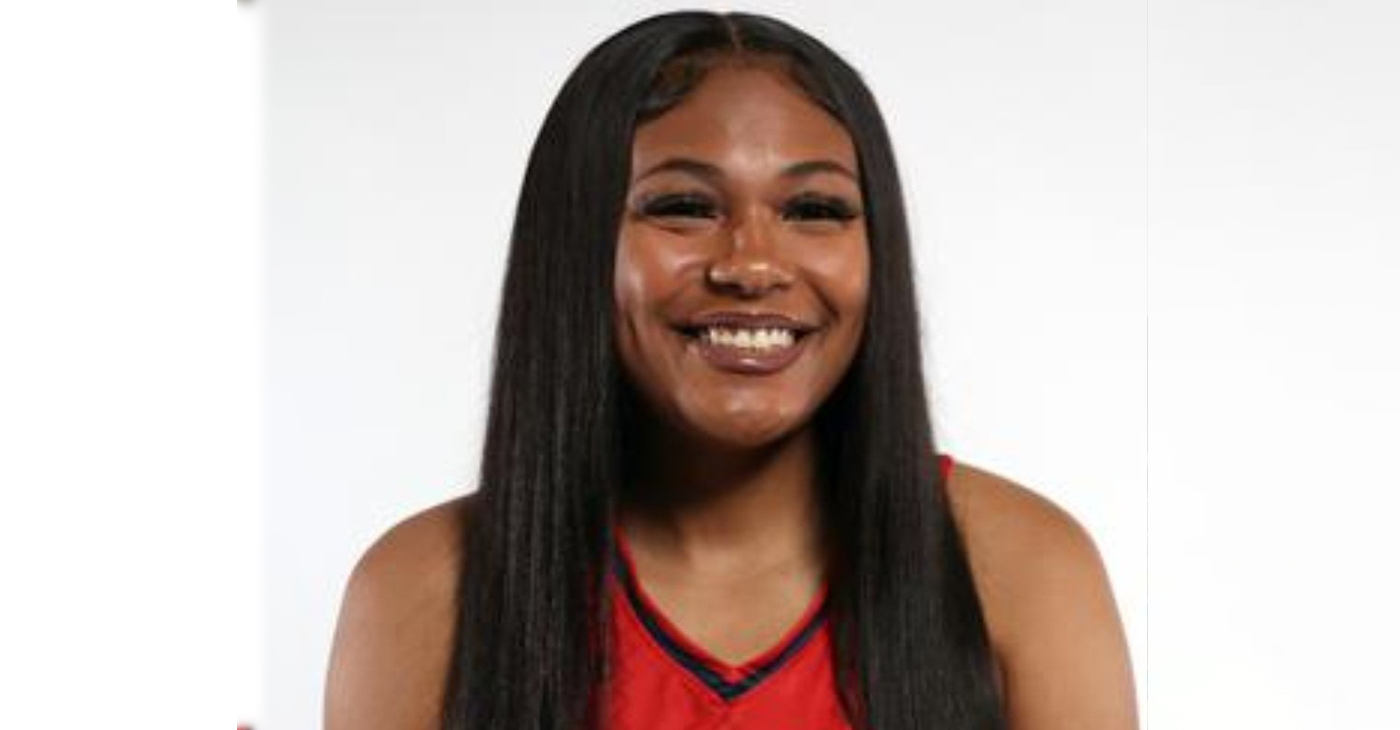
The Richmond Standard
Back in 2019, Salesian Girls Basketball Head Coach Stephen Pezzola made a bold prediction about one of his players, Angel Jackson.
“If she keeps putting in the work like she did for us, she could be in the WNBA,” the coach said.
That turned out to be very true. Last month, the Las Vegas Aces selected Jackson with the 36th overall pick in the 2024 WNBA Draft. She is the second player from an Historically Black College or University, or HCBU, to be selected in the draft in 20 years.
Jackson’s success came as little surprise to Pezzola, who last year led the Pride to their 8th North Coast Section championship since he took over the program in 2008-2009. In 2019, Pezzola commended Jackson as “a very coachable kid” from the time she arrived at Salesian.
Tomekia Reed, her coach at Jackson State, shared similar sentiments, noting Jackson worked “very hard” to reach this moment.
“She came into our program doing great things and never looked back,” Reed told the Clarion Ledger. “She has trusted our leadership as we were able to develop her into an amazing player. I have watched her improve tremendously over the years.”
The 6’-6” Jackson played three seasons at the University of Southern California before transferring to Jackson State. She was ranked 10th in the NCAA in blocked shots and averaged 10 points per game in her final college season.
She finished her collegiate career with 1,047 points and was twice named Southwestern Athletic Conference Defensive Player of the Year.
As the 36th pick, Jackson was the final pick in the 2024 NBA Draft. In a television interview, Jackson said she didn’t expect to be picked, and called the moment “surreal.”
“It made me feel so appreciative that HBCU is getting back on the map again,” she said.
All she could do in that moment was cry.
“I called my mom immediately, and she started crying,” Jackson said. “It was the best moment you can feel as a young lady.”
There’s no stopping Jackson now. “The sky is the limit,” she said.
Her high school coach agrees.
“I knew that Angel could do it,” Coach Pezzola told the Richmond Standard this week. “We are so proud of Angel and what she has accomplished. It was an honor and joy to coach Angel at Salesian.”
-

 Community2 weeks ago
Community2 weeks agoFinancial Assistance Bill for Descendants of Enslaved Persons to Help Them Purchase, Own, or Maintain a Home
-

 Activism4 weeks ago
Activism4 weeks agoOakland Post: Week of April 3 – 6, 2024
-

 Business3 weeks ago
Business3 weeks agoV.P. Kamala Harris: Americans With Criminal Records Will Soon Be Eligible for SBA Loans
-

 Activism3 weeks ago
Activism3 weeks agoOakland Post: Week of April 10 – 16, 2024
-

 Community3 weeks ago
Community3 weeks agoAG Bonta Says Oakland School Leaders Should Comply with State Laws to Avoid ‘Disparate Harm’ When Closing or Merging Schools
-

 Community2 weeks ago
Community2 weeks agoOakland WNBA Player to be Inducted Into Hall of Fame
-

 Community2 weeks ago
Community2 weeks agoRichmond Nonprofit Helps Ex-Felons Get Back on Their Feet
-

 Community2 weeks ago
Community2 weeks agoRPAL to Rename Technology Center for Retired Police Captain Arthur Lee Johnson

